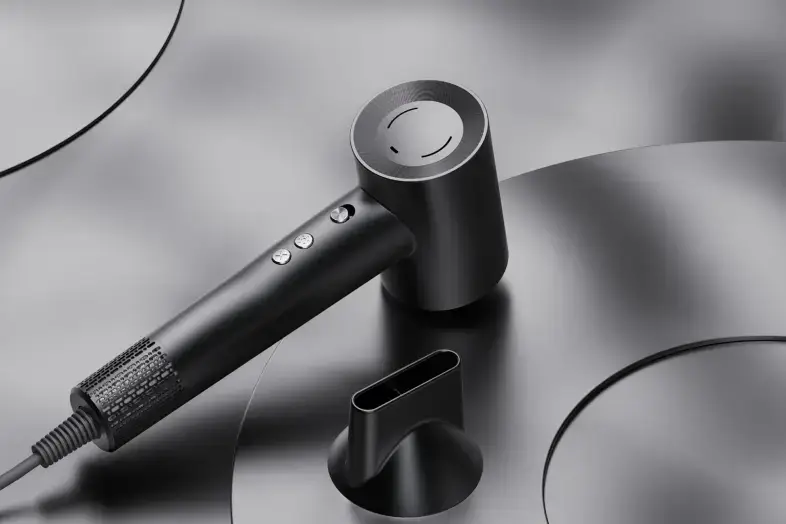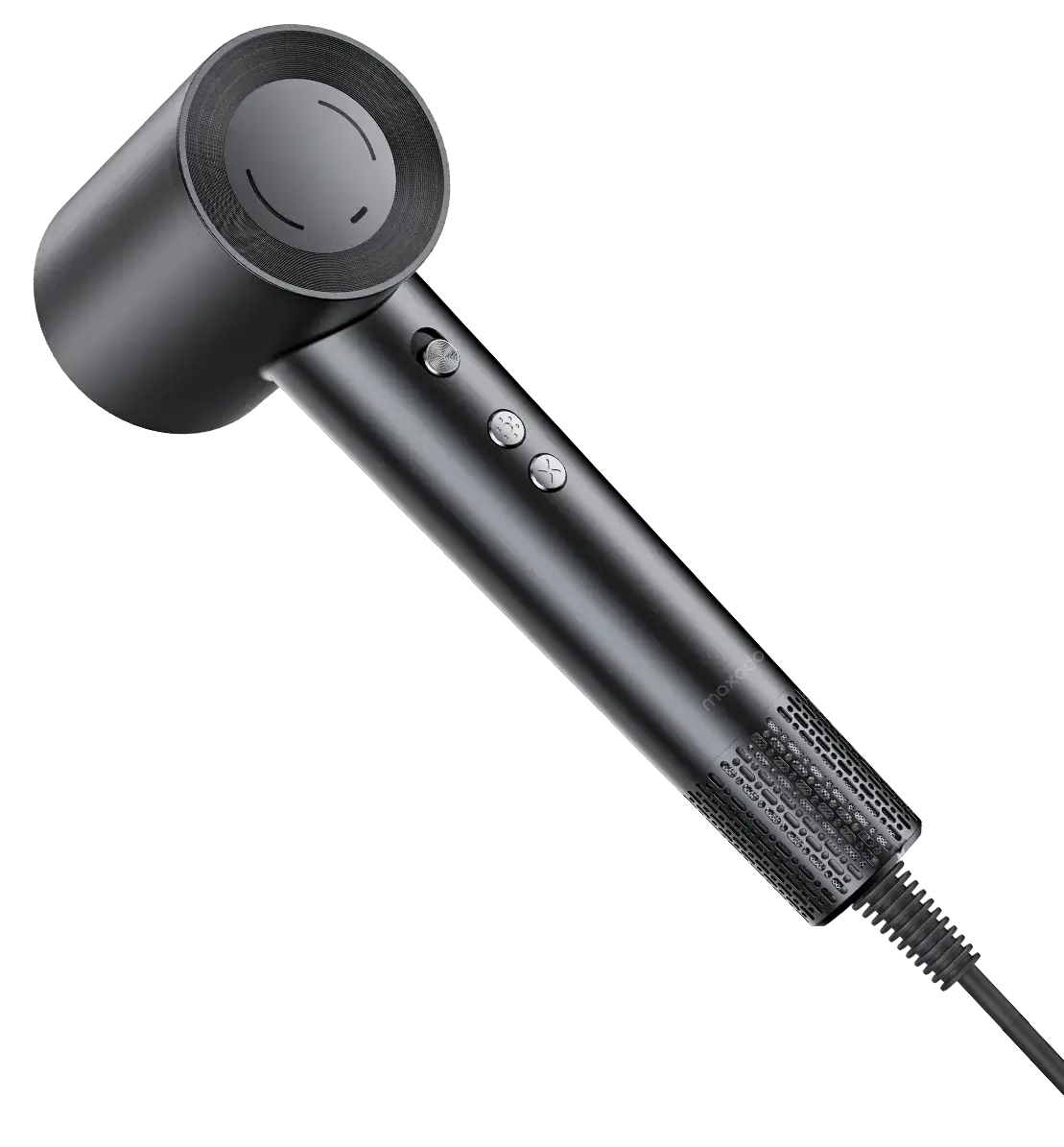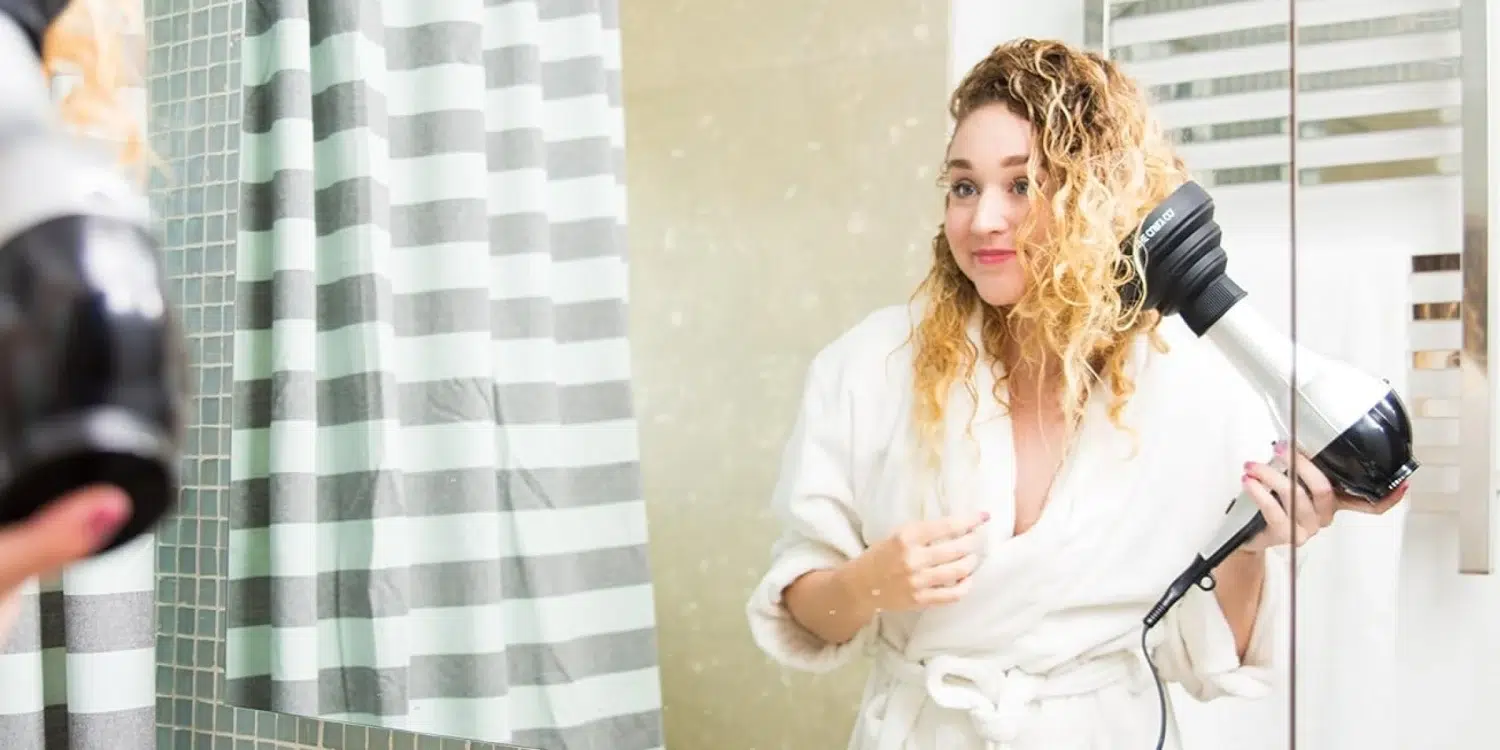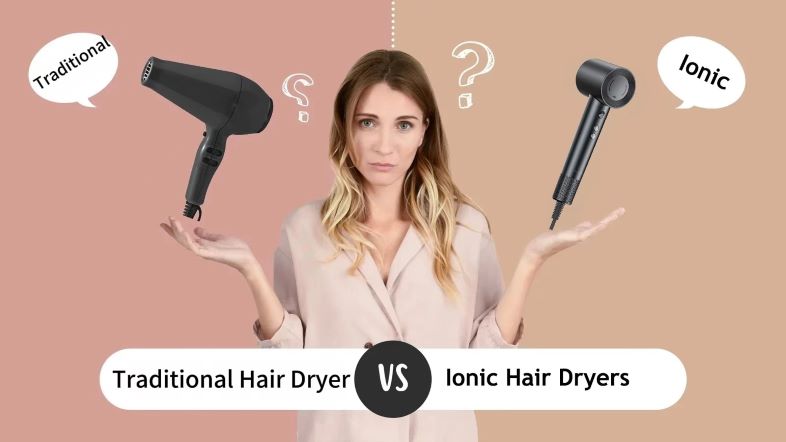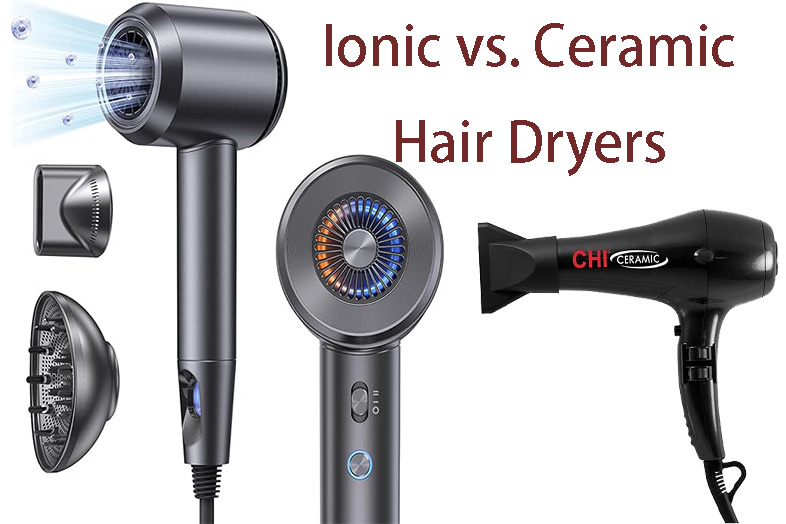Hair dryers, since their inception in the late 19th century, have undergone a remarkable evolution, transforming from bulky, often dangerous devices into the sleek, efficient, and versatile tools we rely on today. Initially, these devices were nothing more than handheld blowers, lacking in safety features and efficiency. It wasn’t until the 1920s that handheld hair dryers began to circulate in the consumer market, albeit at low wattages that required long drying times. The 1950s and 60s saw the introduction of more powerful models, leading to shorter drying times and greater convenience.
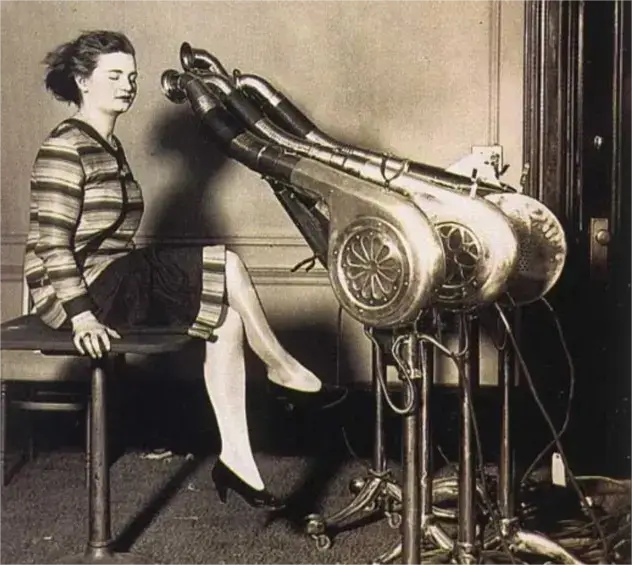
The real transformation began in the late 20th century with the advent of new technologies such as ionic, ceramic, and tourmaline elements. These innovations have made hair dryers not only faster but also more hair-friendly, offering styling options that minimize heat damage and enhance hair’s natural shine and smoothness. Today, hair dryers are not just tools for drying hair; they are sophisticated devices designed for styling, featuring various attachments and settings to cater to different hair types and styling needs.
Selecting the right hair dryer is more than a matter of convenience; it’s about hair health and styling effectiveness. The appropriate hair dryer can drastically reduce drying time, minimize heat damage, and leave hair looking salon-styled from home. Different hair types and styles require specific features and technologies to maintain health and achieve desired looks. For instance, thick, curly hair might benefit from a diffuser attachment and ionic technology to enhance curl definition and reduce frizz, while fine hair might require a gentler approach, with ceramic technology providing even heat distribution. Understanding the nuances of hair dryer types and their features enables individuals to make informed decisions, ensuring their hair not only looks its best but remains healthy and strong.
The Basics of Hair Dryers
How Hair Dryers Work

Hair dryers function by blowing room temperature air through a heating element, warming the air before expelling it through a nozzle to dry wet hair. The key to their operation lies in their simple yet effective design: an electric fan draws air into the hair dryer, where it passes over or through a heating element (usually a coil of nichrome wire), which heats the air. This hot air is then directed out of the dryer’s nozzle, allowing for rapid drying of hair by accelerating water evaporation from the hair strands. Modern hair dryers also come with various settings to control airflow and heat level, enabling users to adjust the drying process according to their hair type and specific needs.
Key Components of Hair Dryers
The functionality of hair dryers boils down to several key components:
Motor: The heart of the hair dryer, typically a small, powerful DC motor that drives the fan to pull air in.
Heating Element: Usually made of nichrome wire, this resistive element heats up as electric current passes through it, warming the air that flows over or around it.
Fan Blade: Spins to draw air into the dryer and push it out through the heating element and nozzle.
Nozzle/Concentrator: Focuses the airflow for precise styling and faster drying times.
Heat and Speed Settings: Allow for customization of the drying process to suit different hair types and styling needs, often including a cool shot button to set styles in place.
Safety Cut-Off: A built-in safety feature to prevent overheating, shutting the dryer off automatically if it gets too hot.
Types of Hair Dryers
Ionic Hair Dryers
How They Work: Ionic hair dryers produce negative ions that break down water molecules on the hair, allowing the hair to dry faster. This process helps to seal the cuticle, reducing frizz and enhancing shine.
Pros and Cons:
Pros: Faster drying time, reduced frizz, and enhanced hair shine.
Cons: Can be more expensive and may over-dry hair if used improperly, leading to brittleness in some hair types.
Best for Hair Types: Best suited for thick, frizzy, or difficult-to-dry hair types that benefit from quicker drying times and frizz reduction.
maxodo High-Speed Hair Dryer: a game-changer for your haircare routine. With its powerful 1400W motor, this lightweight, portable dryer promises fast drying times, making it perfect for on-the-go or gym enthusiasts. Leveraging advanced negative ionic technology, it breaks down water molecules quickly, significantly reducing frizz and enhancing shine without over-drying. Ideal for those with thick, frizzy, or hard-to-manage hair, it offers a smoother, salon-quality finish. Despite its high performance, it operates quietly and features thermo-control to protect your hair. At just 500G and $69.99, it’s your affordable luxury for everyday styling.
Ceramic Hair Dryers
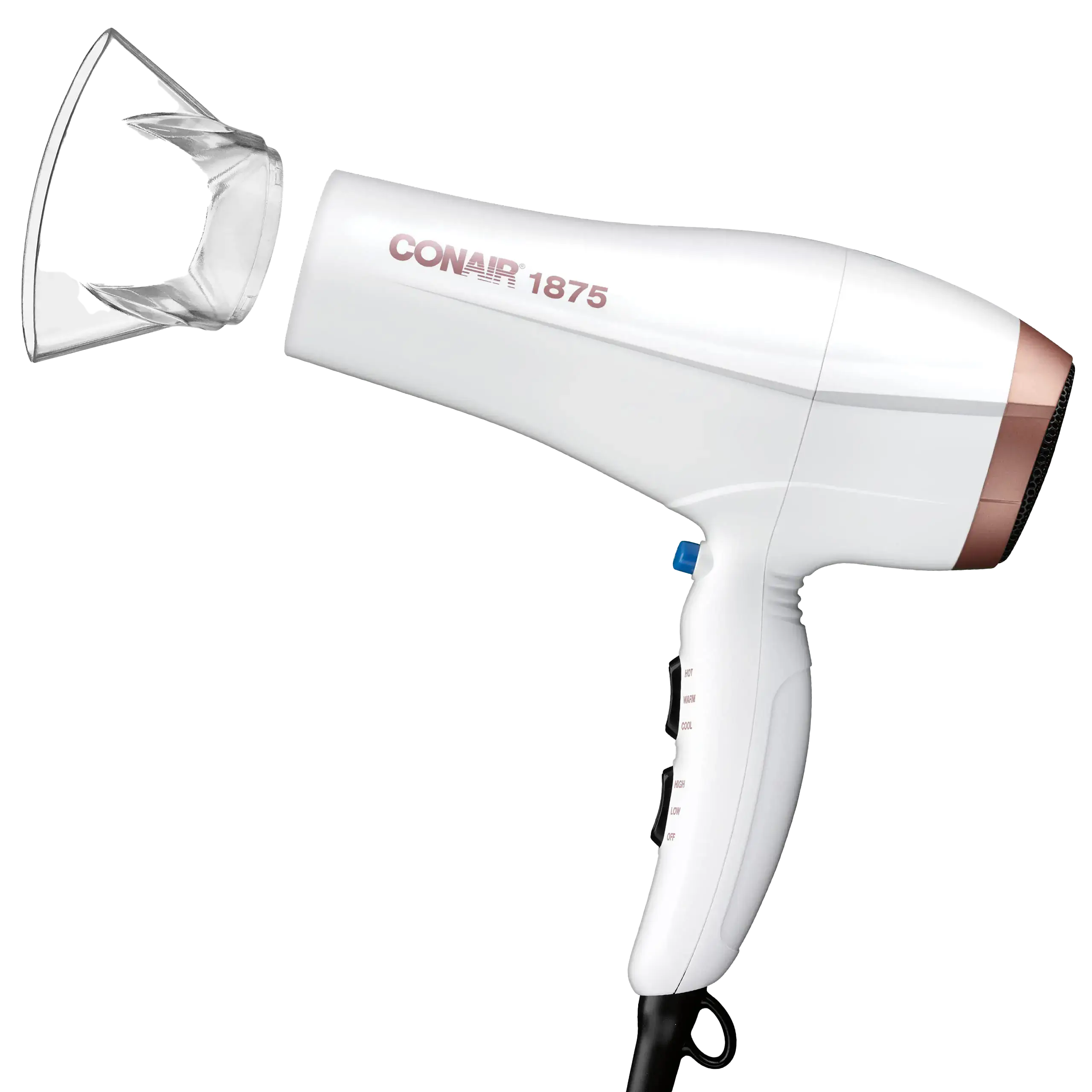
How They Work: Ceramic hair dryers have a ceramic coating inside which distributes heat more evenly, helping to regulate the temperature and reduce heat damage. They emit infrared heat that penetrates the hair shaft, drying hair from the inside out.
Pros and Cons:
Pros: Even heat distribution, less damaging to hair, and good for a variety of hair types.
Cons: May not be as effective on very thick or curly hair types in terms of reducing drying time.
Best for Hair Types: Versatile for all hair types, especially beneficial for fine or dry hair that is more susceptible to heat damage.
Tourmaline Hair Dryers
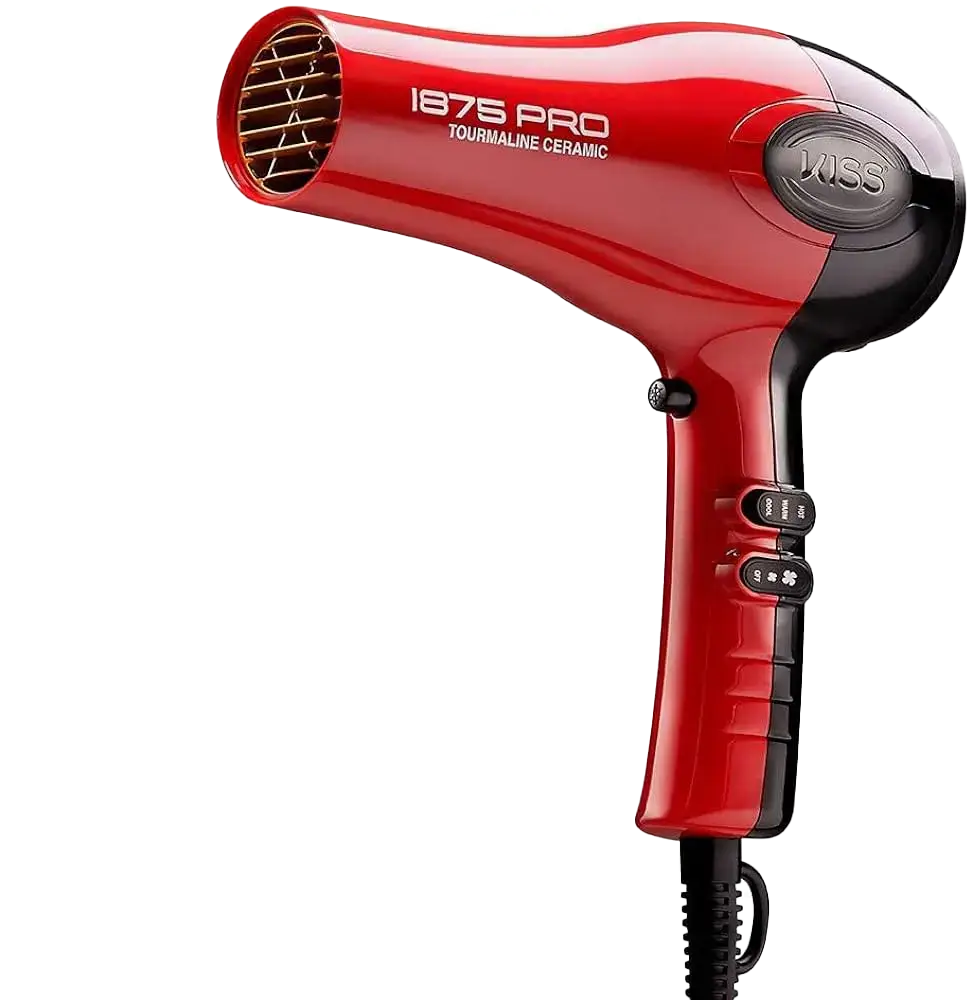
How They Work: Tourmaline hair dryers are coated with a semi-precious mineral that emits negative ions and infrared heat when heated. This technology increases the ionic effect, making the drying process faster and healthier for the hair.
Pros and Cons:
Pros: Extremely efficient at drying hair quickly, reducing frizz, and improving hair shine. They are very gentle on the hair, minimizing heat damage.
Cons: Often more expensive due to the materials used in their construction.
Best for Hair Types: Ideal for all hair types, but especially beneficial for those with frizzy, damaged, or hard-to-dry hair looking for a gentle drying option.
Titanium Hair Dryers
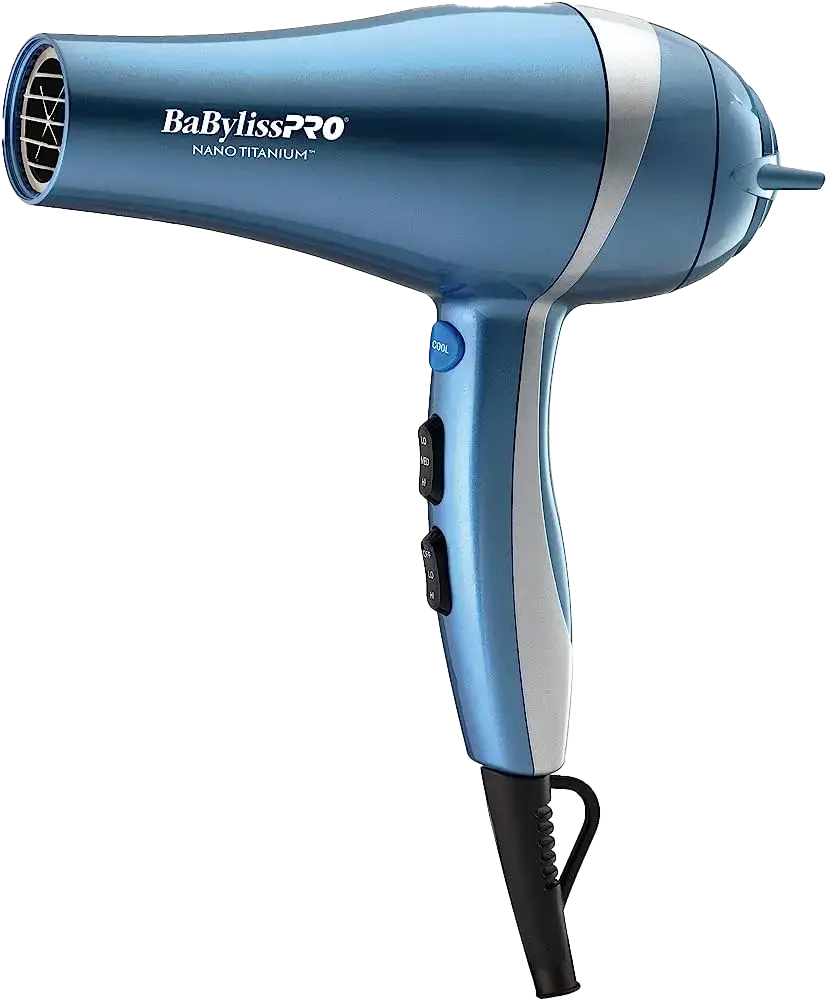
How They Work: Titanium hair dryers have a titanium metal coil that heats up quickly and maintains a consistent temperature. They are lightweight and offer a steady temperature for efficient drying.
Pros and Cons:
Pros: Lightweight, very efficient in terms of heat and speed, and great for thick, heavy hair.
Cons: Can be very hot, which might not be suitable for fine or damaged hair.
Best for Hair Types: Best for thick, dense hair that typically takes a long time to dry. Not recommended for fine or damaged hair due to the intense heat output.
Traditional (Non-Ionic) Hair Dryers

Overview: Traditional hair dryers emit positive ions and use hot air to evaporate water from the hair. They are the most basic type of hair dryer without the advanced technology found in ionic, ceramic, or tourmaline dryers.
When to Use: Ideal for those on a budget or who do not require special hair care benefits such as frizz reduction or faster drying times. Suitable for normal hair types that are not prone to damage.
Special Features and Technologies
Adjustable Heat and Speed Settings
Essential for customizing the drying experience to suit different hair types and styles. Lower heat and speed settings are gentler on fine or damaged hair, while higher settings can efficiently dry thick or heavy hair.
Cool Shot Button
A burst of cool air that helps to set the hairstyle in place and add shine by sealing the hair cuticle. It’s a finishing touch after drying to ensure the hair looks smooth and styled.
Attachments and Accessories
Diffusers: Distribute the airflow more evenly around curls, enhancing natural curl patterns and reducing frizz. Ideal for curly or wavy hair.
Concentrators: Narrow the airflow to focus on specific areas, increasing precision for styling. Great for straightening or achieving sleek styles.
Comb Nozzles: Attachments with a comb design help to detangle and straighten the hair simultaneously while drying. Suitable for thick, curly, or textured hair.
Smart Hair Dryers: The Future of Hair Care
Equipped with advanced technology such as sensors to assess hair moisture levels and adjust temperature and airflow accordingly. They aim to minimize heat damage and optimize drying time, representing a significant leap forward in hair care technology. Ideal for anyone seeking the most advanced and hair-friendly drying technology available.
Choosing the Right Hair Dryer
Selecting the ideal hair dryer is a crucial decision that impacts not only the health and appearance of your hair but also your daily grooming routine. Understanding the various factors that influence this choice will help you find a hair dryer that meets your needs, preferences, and lifestyle.
Factors to Consider
Hair Type and Texture: Your hair’s unique characteristics significantly dictate the type of hair dryer you should choose. For example, ionic or tourmaline hair dryers are excellent for thick, frizzy hair as they emit negative ions that break down water molecules, speeding up the drying process and reducing frizz. For fine or dry hair, ceramic hair dryers distribute heat more evenly, preventing damage by ensuring that your hair doesn’t overheat.
Usage Frequency: How often you plan to use your hair dryer should influence your investment. Daily users might benefit from a more durable, professional model that can withstand frequent use without overheating or causing damage to the hair.
Desired Features: Consider what features are most important to you. This could include multiple heat and speed settings, a cool shot button to set styles, lightweight design for comfort, or specific attachments like diffusers for curly hair or concentrators for straight styles.
Tips for Buying Your Ideal Hair Dryer
Research: Look into the latest hair dryer technologies and read reviews from trusted sources and users with similar hair types.
Test: If possible, test the hair dryer before purchasing. Many stores have display models that allow you to feel the weight and hear the noise level.
Invest: Consider spending a bit more on a hair dryer that will protect your hair and last longer. The initial investment could save you from repeated purchases of lower-quality models.
Maintenance and Safety Tips
Cleaning and Upkeep: Regularly remove lint and dust from the air filter to maintain the dryer’s efficiency and prolong its lifespan. A clogged filter can cause the hair dryer to overheat, potentially damaging the dryer and posing a fire risk.
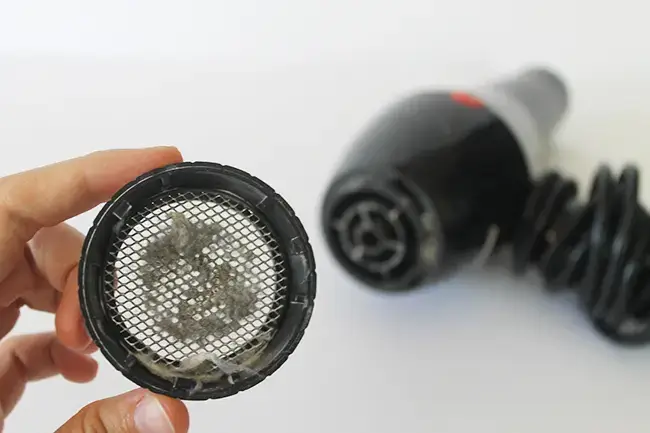
Safety Precautions: Never use a hair dryer near water to avoid electric shock. Inspect the cord regularly for fraying, and unplug the dryer when not in use. Avoid using the hair dryer at its highest heat setting for extended periods to prevent overheating.
The Environmental Impact of Hair Dryers
Energy Efficiency: Opt for hair dryers that are energy-efficient, using less electricity to do the same job. Some models are specifically designed to have a lower environmental impact without compromising on performance.
Sustainable Choices: Consider the longevity of the hair dryer and the company’s commitment to sustainability. Choosing products from companies that prioritize eco-friendly practices can contribute to a reduction in environmental impact.
Conclusion
Recap of Key Points: Choosing the right hair dryer involves considering your hair type and texture, how frequently you plan to use it, and the features that are most important to you. Maintaining your hair dryer and following safety precautions will ensure its longevity and your safety. Additionally, considering the environmental impact of your hair dryer can lead to more sustainable choices.
Final Thoughts on Selecting the Right Hair Dryer: The ideal hair dryer balances your personal needs with the broader implications of its use, both in terms of environmental impact and hair health. By taking the time to select the right hair dryer, you invest in the health of your hair and contribute, in a small way, to the health of our planet. Remember, the best hair dryer for you is one that meets your specific needs, supports your hair’s health, and aligns with your values.
